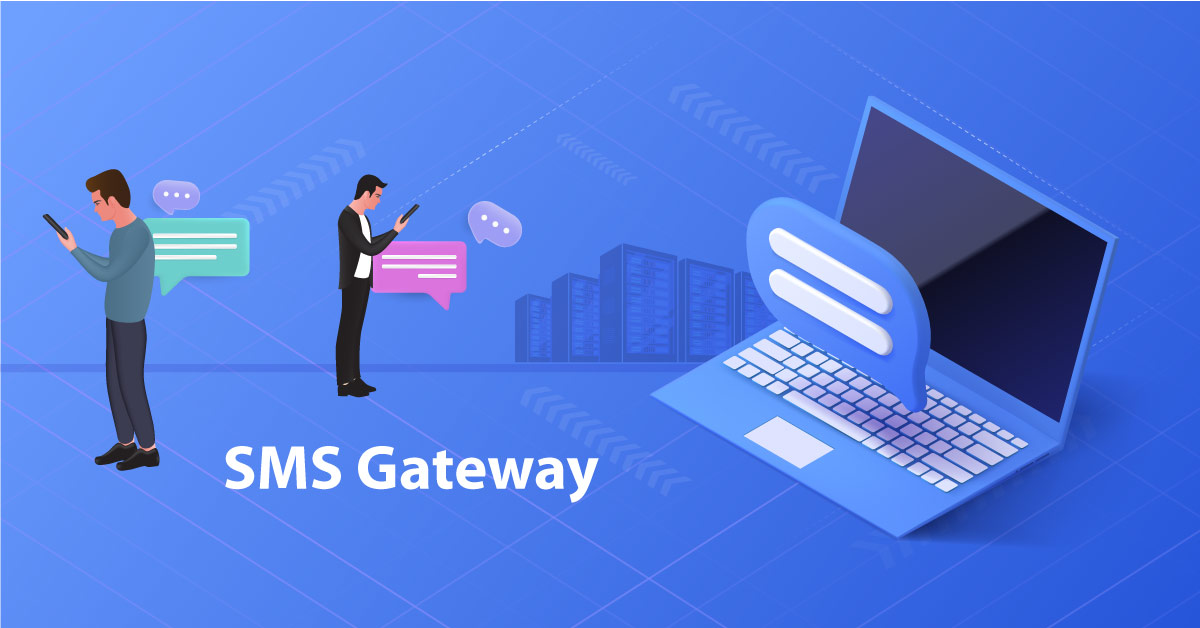In today’s interconnected world, communication is at the heart of human interaction. sms gateway And among the myriad of communication tools that have emerged in the digital age, SMS (Short Message Service) stands as one of the most enduring and influential. From its humble beginnings as a simple means of sending text messages between mobile devices, SMS has evolved into a multifaceted communication platform that has revolutionized how we connect, collaborate, and engage with one another.
The Birth of SMS
The story of SMS begins in the 1980s when mobile phones were still in their infancy. In 1984, Friedhelm Hillebrand, a German engineer, had a groundbreaking idea – to limit the length of text messages to 160 characters. This seemingly arbitrary limit was based on the constraints of the existing telecommunication infrastructure, which used signaling formats that could carry 160 seven-bit characters. Hillebrand’s foresight paved the way for the development of SMS as we know it today.
The Rise of Texting Culture
Initially, SMS was primarily used as a convenient way to send short, asynchronous messages between mobile phone users. As mobile phones became more prevalent and affordable, texting quickly gained popularity, especially among younger generations. Texting became a cultural phenomenon, transforming the way people communicate and express themselves. From quick exchanges of information to heartfelt declarations of love, SMS became an integral part of everyday communication.
Beyond Texting: Multimedia Messaging Service (MMS)
While SMS revolutionized text-based communication, it soon became clear that there were limitations to conveying certain types of information using text alone. In response to this, Multimedia Messaging Service (MMS) was introduced, allowing users to send multimedia content such as images, videos, and audio files alongside text. This marked a significant expansion of the capabilities of mobile messaging, enabling richer and more expressive communication experiences.
SMS in the Age of Smartphones
The advent of smartphones further transformed the landscape of mobile messaging. With the rise of mobile internet connectivity and powerful computing capabilities, messaging apps such as WhatsApp, iMessage, and Facebook Messenger gained prominence, offering users a wide range of features and functionalities beyond traditional SMS. These apps leverage data connections to provide real-time messaging, group chats, voice and video calls, and integration with other digital services.
Business and Beyond
Beyond personal communication, SMS has also found widespread use in the business world. From appointment reminders and service notifications to marketing campaigns and two-factor authentication, SMS is a versatile tool for businesses to engage with customers and streamline operations. Its ubiquity, reliability, and simplicity make it an ideal channel for reaching audiences quickly and efficiently.
The Future of SMS
As technology continues to evolve, so too will the role of SMS in our lives. While newer messaging platforms offer advanced features and capabilities, SMS remains a fundamental communication channel, especially in situations where internet connectivity may be limited or unreliable. Additionally, innovations such as Rich Communication Services (RCS) aim to enhance the capabilities of SMS, offering features such as improved multimedia support, read receipts, and typing indicators.
In conclusion, SMS has come a long way since its inception, evolving from a simple text messaging service to a versatile communication platform that transcends borders and connects people around the world. While newer technologies may emerge, the enduring appeal of SMS lies in its simplicity, reliability, and universality. As we look to the future, SMS will continue to play a vital role in how we communicate, collaborate, and connect in an increasingly digital world.

